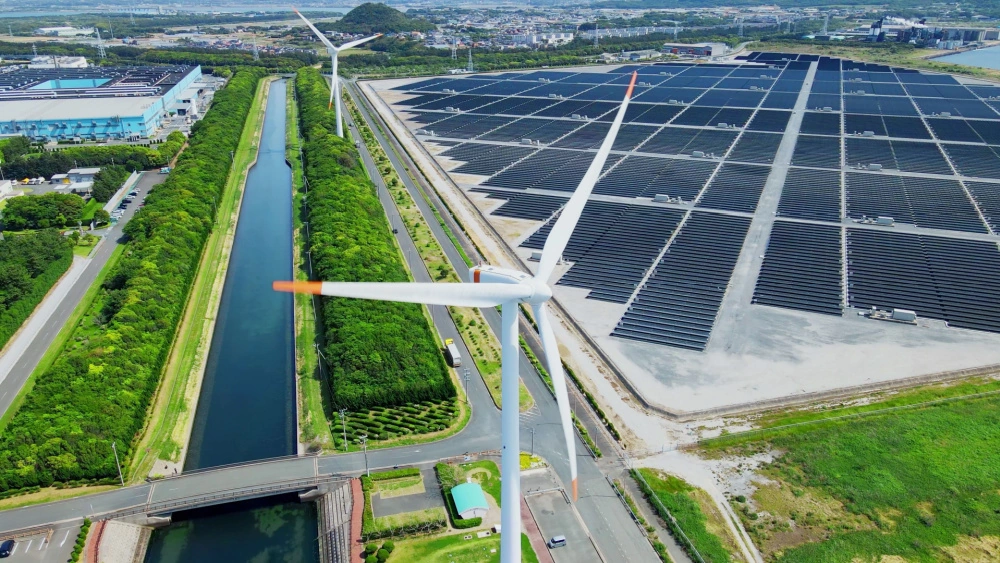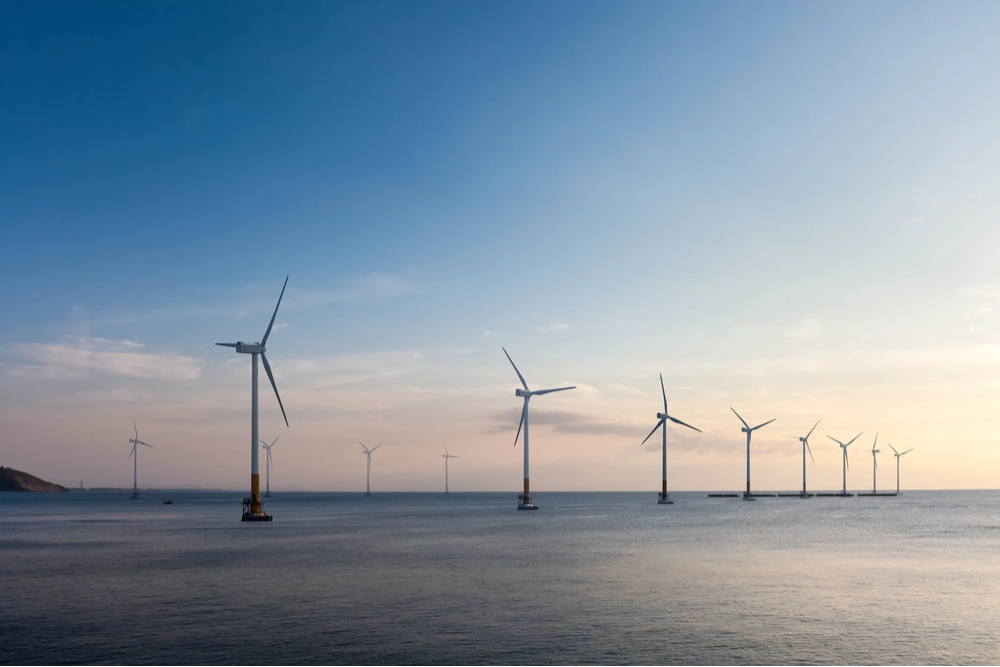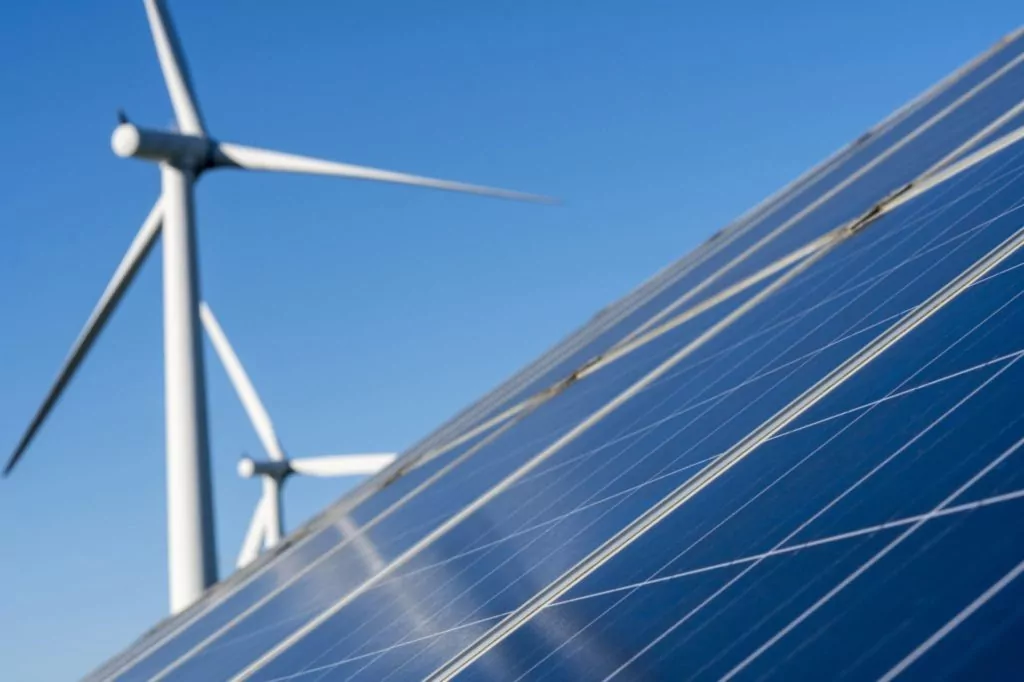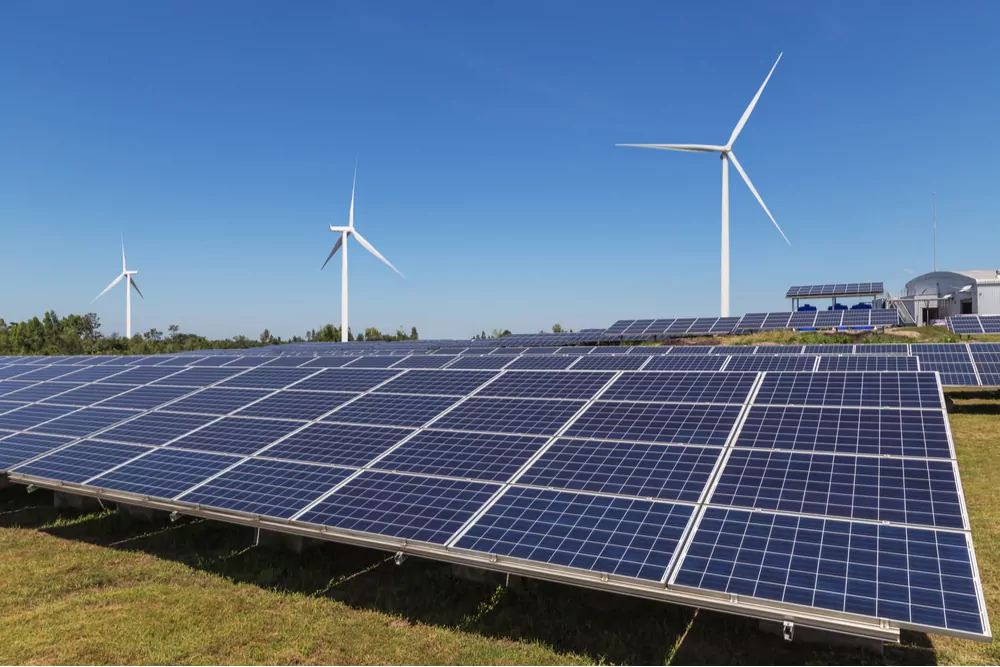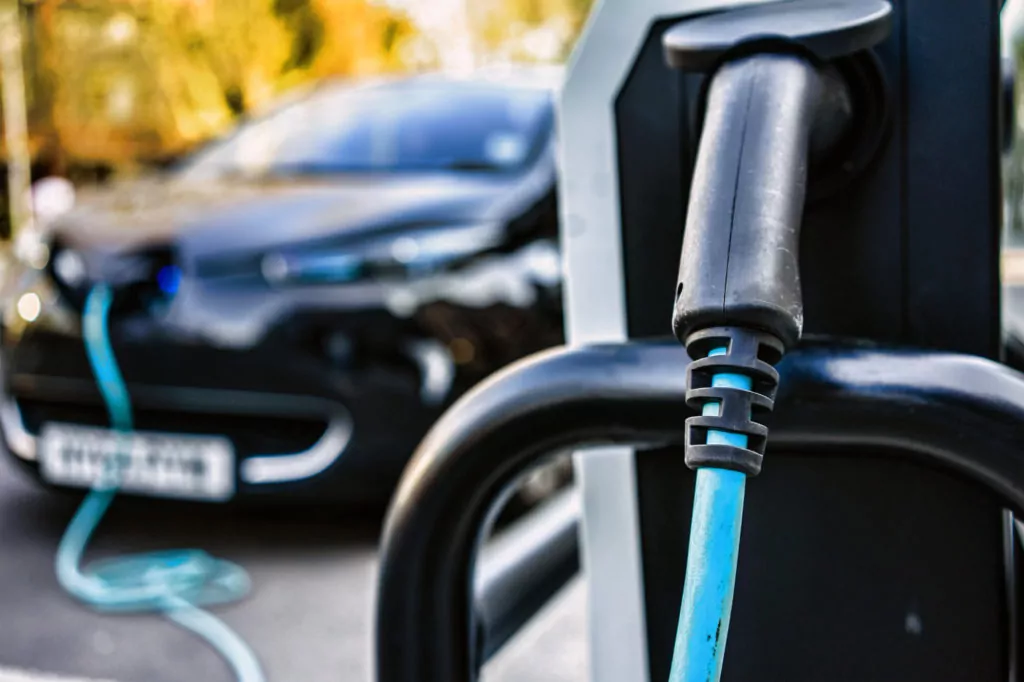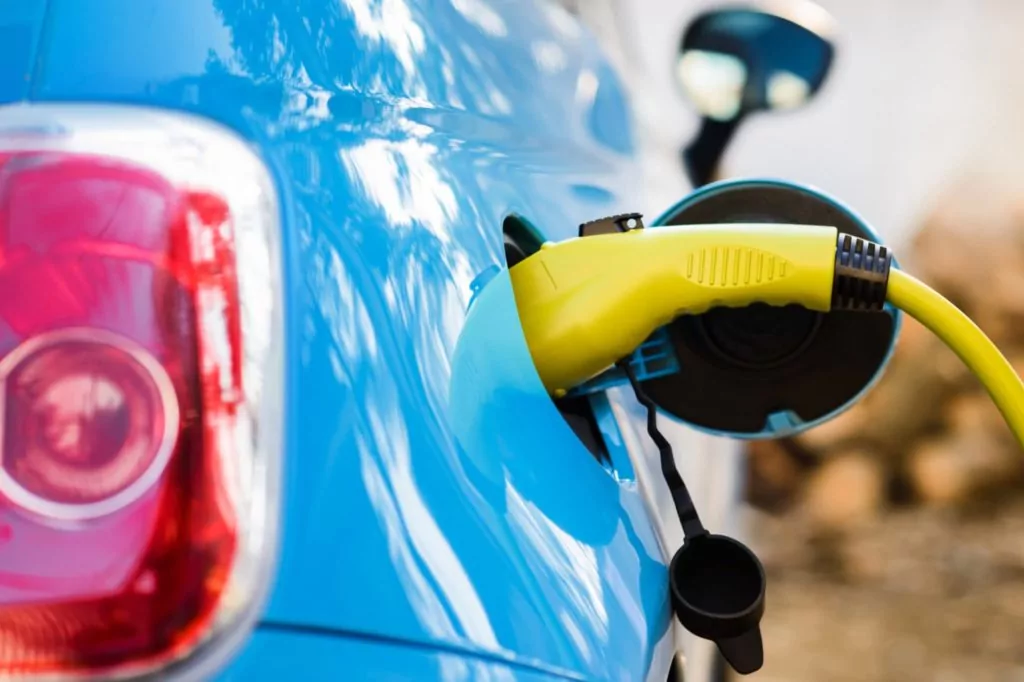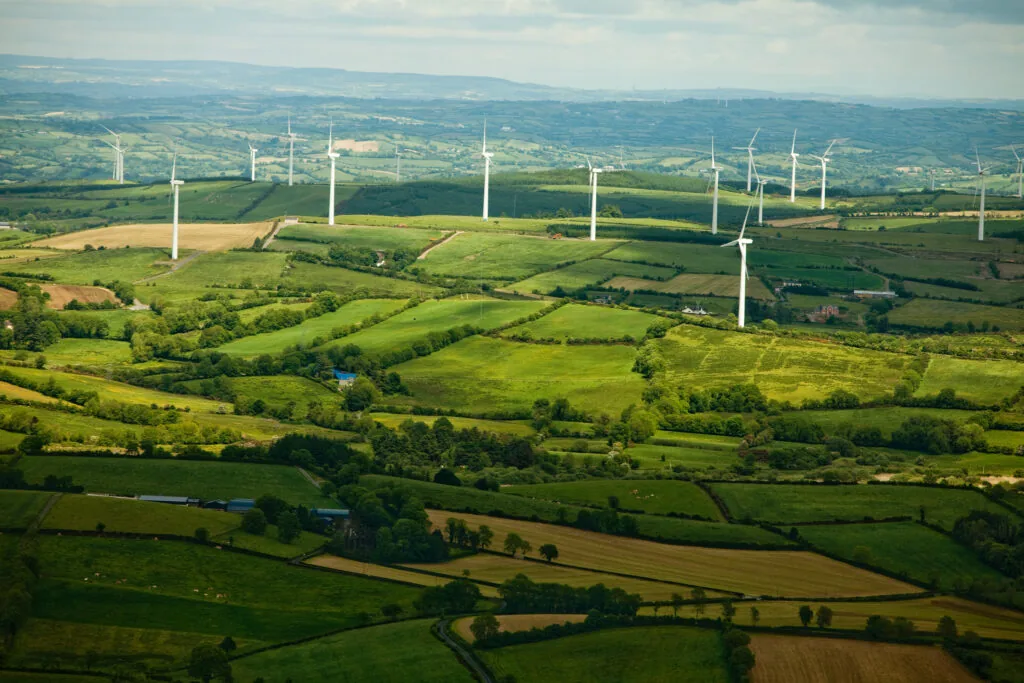
UK ports: Powering the energy transition

By Mark Li, Aliki Zeri, Harry Hawkey
3 Mar 2025 | 4 minute read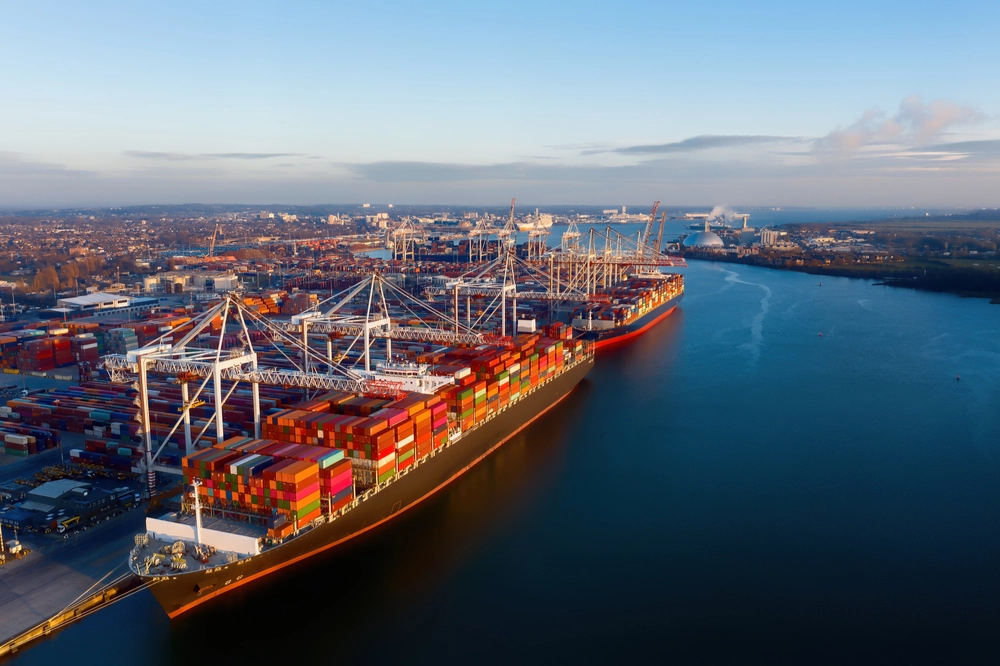
Ports have always been a key focal point in the UK's energy network by being the terminals through which traditional sources of fuel have come into the UK.
More recently, ports have started to facilitate the import of cleaner sources of fuel, notably Liquified Natural Gas (LNG) and are increasingly becoming facilitating hubs for various clean energy technologies, such as offshore wind, tidal stream, green hydrogen and nuclear energy.
Offshore wind
The UK has a stark advantage in the offshore wind space, being a global leader in the sector by boasting the four largest offshore wind sites globally. The UK currently has 14GW of operating capacity which provides over 17% of the UK’s electricity demand. A number of floating offshore wind (FLOW) projects are currently in the pipeline. Ports play a crucial role, as primary facilitators of the development of offshore wind projects as well as being essential for project longevity by acting as bases for maintenance activity.
With another 16GW of offshore wind capacity having been contracted or under construction, ports will be at the forefront of delivering these projects. Our article Building UK Port Infrastructure to unlock the floating wind opportunity explores some of these themes further.
Energy storage and private electricity networks
Ports are energy intensive operations. Technological developments and a shift to electrification are increasing energy demands for ports, with the Port of Dover expecting their demand for electricity to increase by 20-fold by 2035. To service the demands of the ports' operations and the multitude of businesses located around the same, private electricity networks are increasingly becoming the 'norm'.
These provide opportunities for private and public sector collaborations, the deployment of private capital, creation of additional employment opportunities and significant business expansion.
The construction, operation, and ongoing management of a private wire network at the scale required to satisfy the needs of ports, is a complex matter. Private wire networks operate in a highly regulated space and an in-depth understanding of the legislative environment and technical considerations around the set-up of these networks will be key to the success of the scheme.
Tidal stream technology
Whilst tidal power projects have limited traction in England to date, Scotland have made strides with some major projects and Wales look set to implement numerous projects to harness the potential of tidal power generation.
These include the Morlais tidal stream project off the coat of Anglesey (which has a 240 MW potential, with development set to begin in 2026), as well as the tidal lagoon project in Swansea Bay (which has a 320 MW potential and as part of the wider Blue Eden project “will absolutely be delivered” according to Swansea Council leaders). In a similar fashion to offshore wind, ports will clearly play a crucial role in both the construction and maintenance phases of such projects.
Green hydrogen
The green hydrogen sector is growing, with energy companies (such as Scottish Power) and port authorities (such as: Shoreham Port; Port of Felixstowe and Port of Immingham) announcing major projects centred around ports to capture the potential of green hydrogen in their growth and decarbonisation goals.
The deployment of green hydrogen can support the decarbonisation of the UK’s shipping industry (the global shipping industry contributes 3% of all greenhouse gas emissions), not least by offering a higher energy density fuel to be stored in the limited space currently available in existing offshore storage bunkers operated by ports.
Whilst the adoption of green hydrogen as shipping fuel is in its early stages, the potential is clear for the shipping industry and for industry generally. More obviously, ports offer a shorter supply chain for the transport of green hydrogen across the UK or overseas for industry based in and around ports.
Carbon Capture/Storage
In similar vein to green hydrogen, Carbon Capture and Storage (CCS) is a relatively new technology and implementation is not widespread but there are projects in the pipeline in the ports space.
Construction of the East Coast Cluster in Teesside is expected to begin in mid-2025 and aims to capture and store emissions produced by local industry. Associated British Ports (ABP) have launched a £2 billion plan to decarbonize its operations by 2040 which includes the implementation of carbon capture and storage projects.
Again, ports have unique opportunities here as industrial clusters for the deployment of such projects in a manner that is financially viable.
Nuclear (SMRs)
Finally, the recent relaxation of planning rules on the development of Small Modular Reactors (SMRs) (more on which can be found here) could provide ports with an advantage, considering their location and good infrastructure links.
Overall, ports have potential to supplement the energy transition, but it is clear that there is an opportunity for the deployment of more clean energy infrastructure, not least emerging technologies.
Get in touch
Our team has extensive experience advising on projects across the full spectrum of these emerging energy technologies. Get in touch with a member of the team below to discuss how we can support you.






